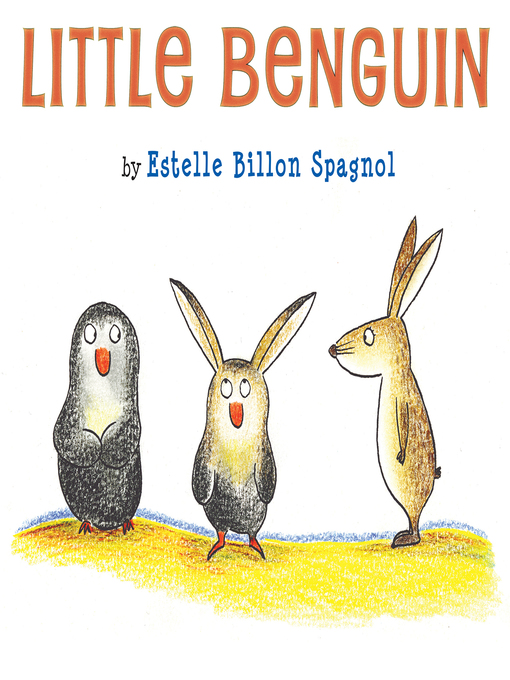Little Benguin is a little bit bunny and a little bit penguin. Not one. Not the other. A mix. His parents think he's perfect just the way he is, but the other animals avoid him. Little Benguin is lonely. "I want to be normal!" he wails. Thanks to the arrival of a hungry wolf, an ensuing chase, and a masterful escape, it soon becomes clear to everyone that being different has its advantages. In this bright and funny story of courage and acceptance, Little Benguin shines as a one-of-a-kind, and wholly special, hero.
- Available now
- New eBook additions
- New kids additions
- New teen additions
- Most popular
- Try something different
- NYPL WNYC Get Lit Book Club
- Spotlight: Toni Morrison
- See all ebooks collections
- Available now
- New audiobook additions
- New kids additions
- New teen additions
- Most popular
- Try something different
- NYPL WNYC Get Lit Book Club
- Spotlight: Toni Morrison
- See all audiobooks collections





